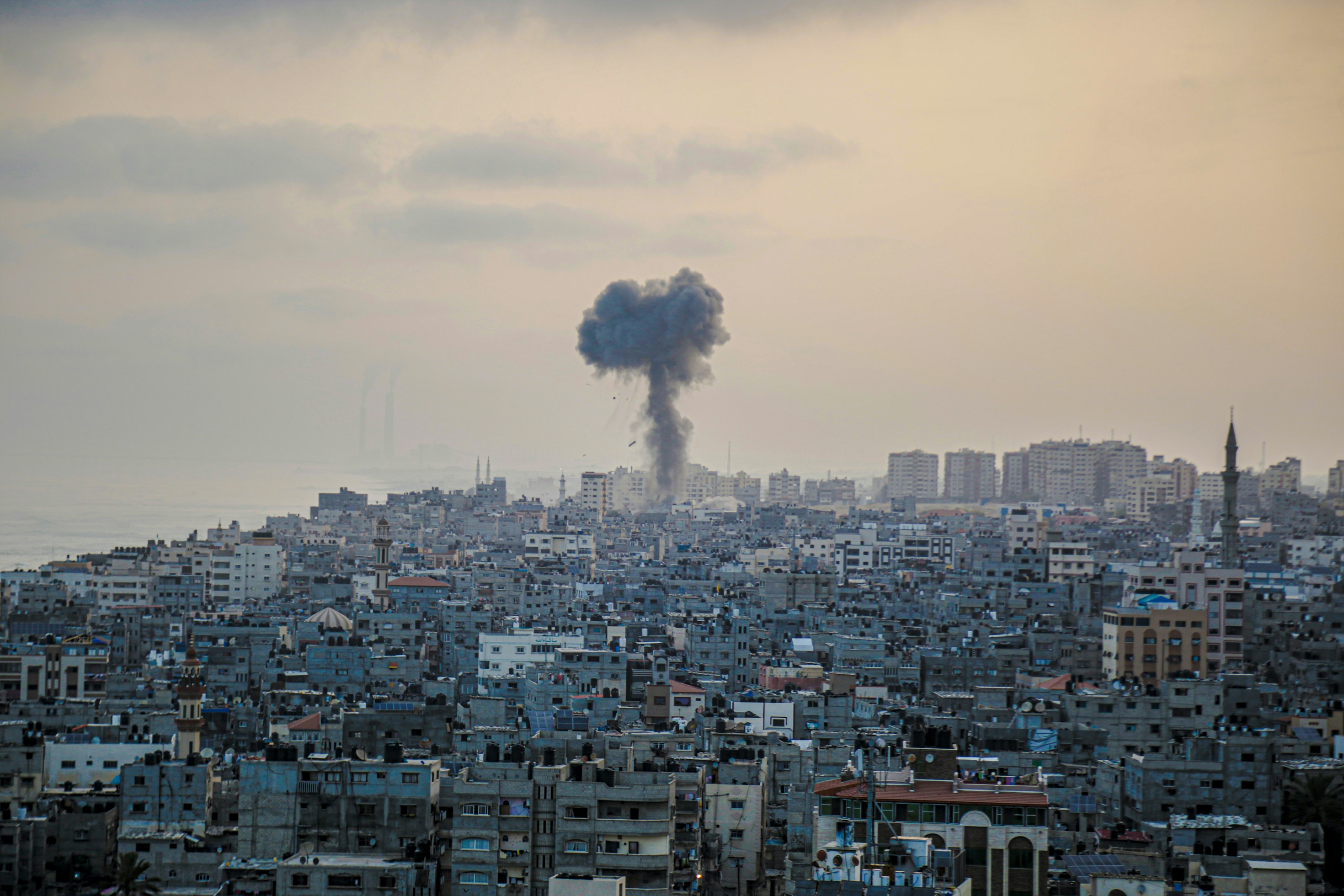The Earthquake
On the 6th of February, the Kahramanmaras earthquake catastrophically hit southern and central Türkiye, as well as northern and western Syria. It occurred at 04:17 in a coastal town called Gaziantep with a 7.8 on the Richter scale, and with a second 7.7 earthquake occurring only nine hours later. Since then, the earthquake has been followed by more than 2100 aftershocks, causing extensive infrastructural damage and, as of February 24th, over 50,000 deaths in Türkiye, and around 7000 deaths in Syria.
A large winter snowy storm has hampered rescue efforts, and due to the freezing temperatures in the area, survivors, especially those trapped under the rubble, have been at a great risk of hypothermia.
These earthquakes have been noted to be the deadliest natural disasters in Türkiye’s modern history, causing close to $85 billion worth of damage, and leaving around 1.5 million people homeless. In Türkiye, by the 23rd of February 2023, the Ministry of Environment, Urbanization and Climate Change conducted damage inspections for 1.25 million buildings; revealing 164,000 buildings were either destroyed or severely damaged.
In Syria, over 6,760 people were killed, and around 14,500 were injured. The Syrian Ministry of Health has recorded over 2,234 earthquake-related deaths and 2,950 injuries in government held areas, most of which were in the provinces of Aleppo and Latakia. In rebel-held areas, at least 4,526 people have died, and 2,200 others have been injured. It was estimated that up to 5.37 million people across Syria might have been made homeless, while a total of 10.9 million people, nearly half of the country’s population, were affected. This is especially tragic because Syria has been in a constant state of civil war for over twelve years, which has resulted in thousands of deaths, injuries, and left thousands more homeless.
Leaving the statistics aside, what’s happening now?
The international community certainly pulled through. Various countries and organizations have responded to the earthquake. At least 105 countries and 16 international organizations pledged support for victims of the earthquake, including humanitarian aid.
More than eleven countries provided teams with search and rescue dogs to locate victims under the debris, and monetary support was offered as well.
However, outreach to Syria was “less enthusiastic”, because of the Western sanctions on the country as well as the limitations imposed by the government on humanitarian organizations, who are prevented from operating outside areas of their control. These sanctions are a series of economic restrictions imposed by the EU, the US, Canada, Australia, Switzerland, the Arab League, as well as other countries, mainly as a result of the repression of civilians in the Syrian Civil War from 2011 onwards.
The US sanctions against Syria are the most severe, as they affect third-parties as well, and amount to an embargo. The intent is to prevent the Syrian government from employing violence against its citizens and to motivate political reforms that could solve the root causes of the conflict. A number of humanitarian aid exemptions have been embedded within the sanctions mechanisms to allow approved humanitarian aid to civilians living in Syria; nonetheless, many of these have been blocked due to the effects of sanctions. The U.S later temporarily lifted some sanctions which allowed many charity organisations to send money to Syria.
As well as this, as of February 13th, Ankara (the Turkish capital city), and the Turkish- backed Free Syrian Army brigade were accused of blocking aid convoys, sent by the Autonomous Administration of North and East Syria, from entering the north-west region, where Idlib lies, one of the Syrian cities that was most affected. The United Nations further criticised Russia’s attempts to block delivery of aid through checkpoints to rebel- held territories. Secretary General António Guterres urged the Security Council to immediately permit aid flows into Northwestern Syria. The United States appealed for the immediate opening of all closed checkpoints to send in relief efforts to all parts of Syria; calling for an emergency UN Security Council meeting to increase humanitarian assistance through the north- west and open up more border crossings for the entry of UN aid.
What now?
For now, there’s not much more to do other than continue to send in monetary donations to the Red Cross/Crescent, Save the Children, UNICEF and most importantly to the White Helmets. In regards to personal action, you can visit your local Turkish and Syrian embassies or consulates and donate clothes, non perishable foods, and most importantly, baby clothes, nappies, wipes, powder, etc. Make sure to research what both countries are currently accepting, what they have enough of, and what they don’t want as donations.


